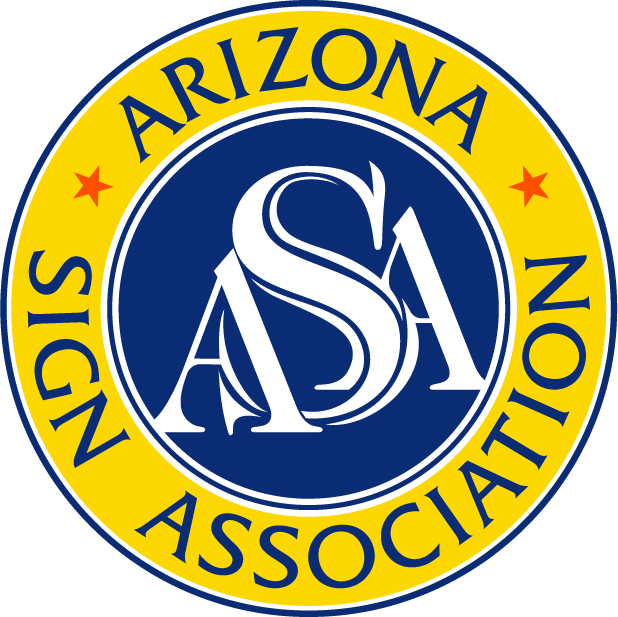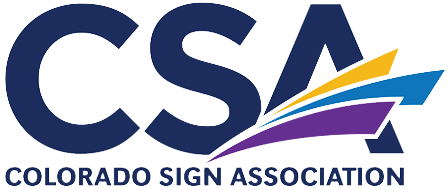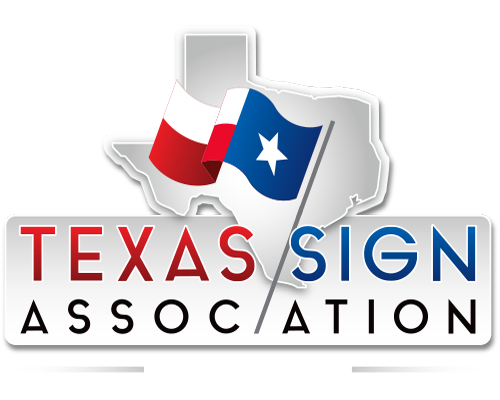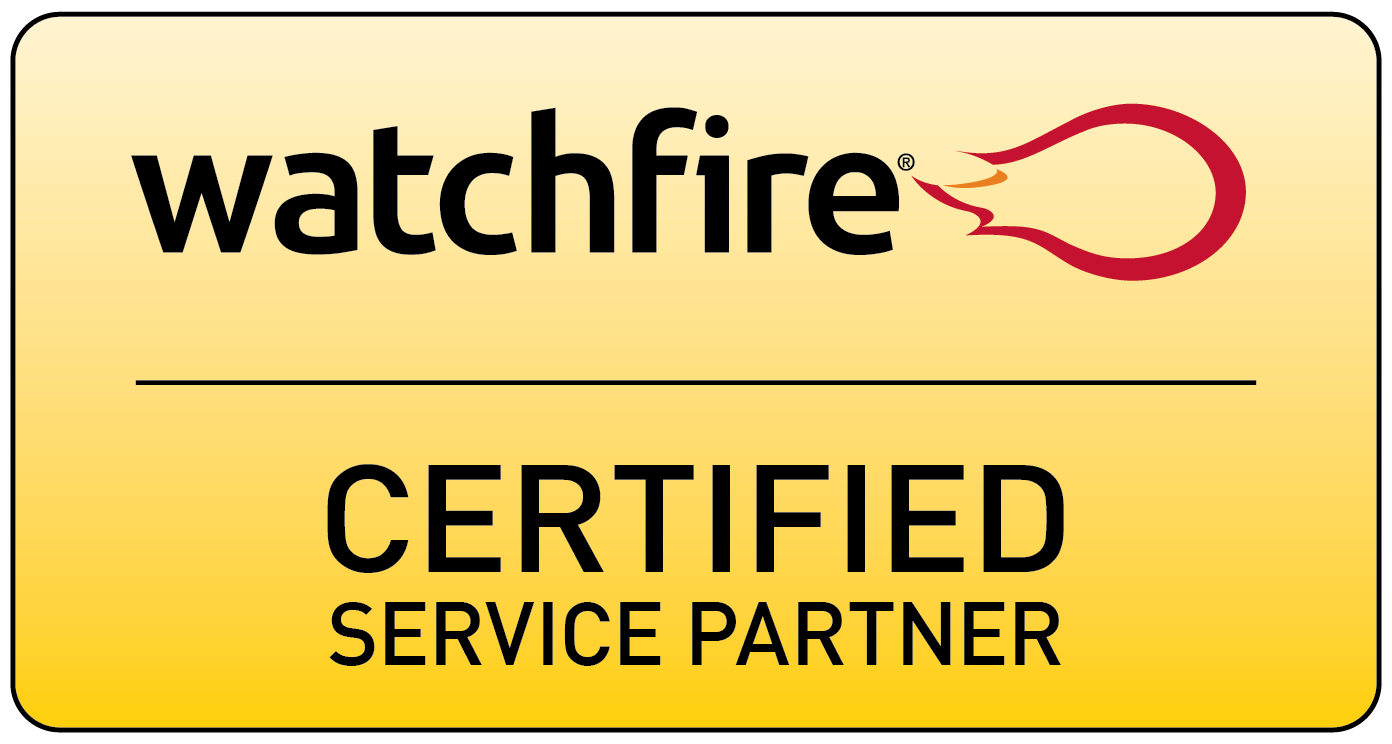Last week, we took a look at the very basics of Sign Code and defined some new terms that you may not have been familiar with. If you missed it, be sure to click this link to read An Introduction to Sign Code: Part 1.
Now that you understand what sign code is, why it exists, and that zoning is the underlying foundation which determines what size and types of signs can be installed in certain areas, we’re going to go a little further in-depth in order to understand different zoning sub-categories, some common issues that can come up in different zoning sub-categories, we’ll look at the entities in charge of regulating these sign codes, and finally, we’ll explain how to find your local sign code.
While a lot of this can come across as being particularly complicated or difficult to get into, you’ll be relieved to know that, when you work with Signdealz, we handle all sign code reviews and permitting for you. Personally, I have 17 years of experience in the signage industry and have written countless Comprehensive Sign Plans/Sign Programs to dictate signage criteria for various developers and owners. And our team of experts each have multiple years, if not decades, of experience handling the ins and outs of sign code regulations. So you’re in good hands.
Let’s get started by diving into zoning sub-categories.
Zoning & Zoning Sub-Categories
This is a screen shot of Denver's Article 10. General Design Standards Document.
We’ll start by looking at an example: Denver’s Article 10: General Design Standards document (this is their Sign Code - most sign codes aren’t actually titled “Sign Code”).
Within this document, there’s a table that shows you all of the zoning sub-categories as well as the sub-categories under those. Something that you’re going to notice while reviewing documents like these is that, especially in larger cities, you might have 20-30-40 different zones with many multiple zones under those. Once you know your primary zone, you can look to see if your business falls under any of these additional sub-zones.
Remember that the signage design guidelines are applied to very specific zones. If you stop looking under a top level zone, but your business is zoned for a deeper sub-category, you can wind up missing a specific guideline for that area. This is one of the reasons that we often tell people that it can get really complicated really quick.
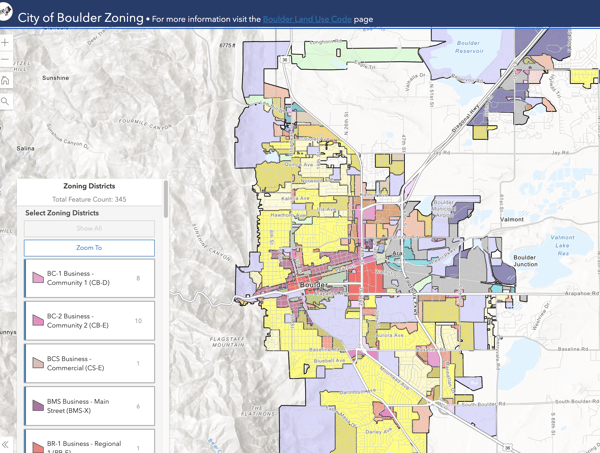
Some municipalities have tried to help make finding zones and subzones a little easier using tools like interactive maps. For example, the city of Boulder, CO provides users with a map that has an overlay to help you find the particular zoning for the address that you’re looking for. And I would say over the last 3-5 years, these interactive maps have definitely become more common-place with building departments and planning departments around the country.
Common Zoning Issues
Let’s talk about some of the common zoning issues you might encounter around the country as well as the things you need to look for when you’re doing your code review.
Residential Zone Issues
Residential zoning typically has a lot of issues simply because they’re - well, residential areas. There are a lot of people who don’t want to have signs on at night, there are a lot of issues with signage brightness as well as signage location and sizes.
Illumination will be highly regulated in terms of how bright your sign is as well as when your signage lighting is allowed to be on and when it must be turned off.
You’ll also see tighter regulations in terms of sizing. While you’d find that the typical monument sign is around 50 square feet. In a lot of residential zoning districts you’ll see maximum sizes around 15, 20, 25 square feet.
They also typically eliminate LED message centers, and if you are using channel letter signs, there might also be additional restrictions on the letter heights.
Mixed-Residential Zone Issues
Mixed-residential zones is where you might find things like commercial units in large apartment building complexes or residential buildings, like condos, with commercial units on the bottom floor.
A lot of issues you’re going to find in these districts are, for example, the hours when the sign can be operating. Clearly, if you have a pizza shop that’s below a bunch of apartments, the last thing residents are going to want is to have a big, tall neon sign that can be on 24 hours and projecting light into those residential units.
Some other issues you’ll run into, which I also mentioned in the residential zone paragraph above, are letter height restrictions and brightness level regulations.
Finally, you might also see styling being more controlled as well. Municipalities might argue that they don’t want to see a bunch of cabinet or box signs. They’d prefer to have more channel letters or reverse illuminated letters.
Special Districts
Now, when you start looking into special districts, you’ll find that these are often regulated by more specific documents. Usually because these districts also have different or even tighter regulations.
For example, if you’re in a historic district, they’ll likely have additional rules regulating what your signage can look like. They may want signage to be neon or styled in such a way that reflects the district’s historical context. Historical districts typically have a governing committee with the goal of maintaining the look and feel of that particular district. They’ll have an administrative process that you must follow, which will be different than your standard zoning and permitting procedures. This could include: a meeting with the city council or a meeting with the design review committee within the municipality or within the county. In a meeting like this, you may be expected to bring in samples, designs, or make a testimony before they’ll adopt your sign plan.
In stadium or sports districts, you may find that the regulations are a lot looser. They want a lot of signs because they understand that in a stadium area, you’ll need things like parking and wayfinding signage to guide people around the area. This is also often the case in and around amusement parks.
In airport or travel areas, they’ll also have very defined signage regulations as well, because you’re dealing with, not just wayfinding signage and signage for retail, but there are also Department of Transportation guidelines you may need to be aware of. And in special retail areas like large shopping malls or large shopping centers, they might have a separate document to manage the signage needs of those particular establishments.


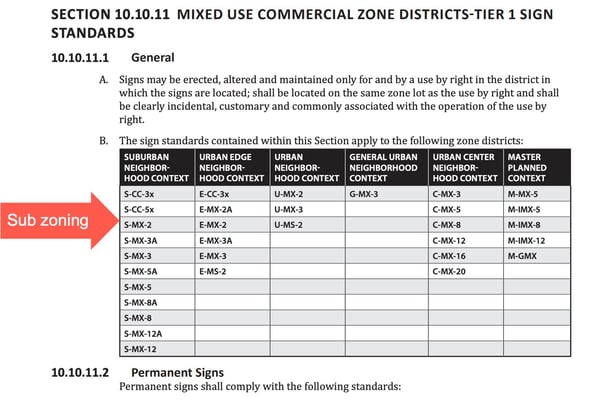

-(1)_1696879152.png?width=254&height=55&name=Signdealz-Web-Logo-2023-(Transparent-Background)-(1)_1696879152.png)
